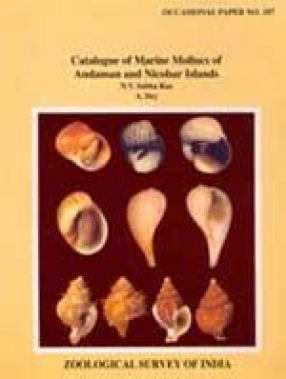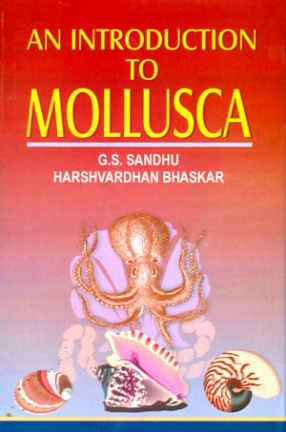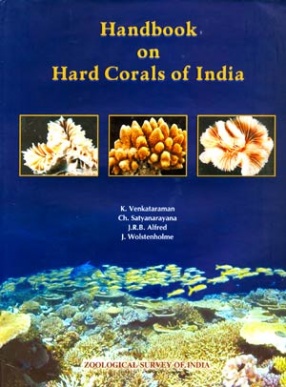Bestseller
Catalogue of Marine Molluscs of Andaman and Nicobar Islands
Synopsis
Andaman and Nicobar islands are known for their rich biodiversity on land and in sea. There are several biodiversity components which are unique to these islands. It is no wonder that the terrestrial and marine ecosystems of the islands are the recognised in the global zooecoregions. One of the important biota of the marine ecosystem is mollusca, which includes several well known shells. These are souvenirs within easy reach of any one and easy to collect. The first collection of molluscs was made in 1872 by Dr. J. Woodmason, an officer of the Indian Museum. Later the Investigator 1 (1881-1905) and Investigator II (1908-1911) and 1921-1926) dredged several interesting molluscs which were studied by Smith. Over the years several expeditions were conducted in the Andaman Sea. Since 1957 several scientific teams from the Zoological Survey of India surveyed these islands and collected molluscs, which are now part of the National Zoological Collections. These collections were studied by Nevill (1874, 1875, 1877 and 1878), Smith (1878, 1895, 1899, 1913), Melvill and Sykes (1897, 1898), Preston (1908, 1916), Prashad (1988), Rajagopal and Daniel (1969), Rjagopal and Subba Rao (1977), Subba Rao (1971, 1980), and Subba Rao and Dey (1984, 1986). The molluscs of the islands are better studied in comparison with other invertebrate groups. Some of these collections are in the Natural History Museum, London and other European Museums. Collections from these islands are also available in the cabinets of leading American Museums. Thus the collections of molluscs are scattered far and wide. Shells play an important role in the economy of the islands. The present catalogue included a total of more than 1282 species. These occur in different habitats such as mangroves, coral reefs, rocky coasts, sandy beaches, sea grass beds and also at greater depths in the sea.
Read more
Not available
BECOME A MEMBER






Bibliographic information